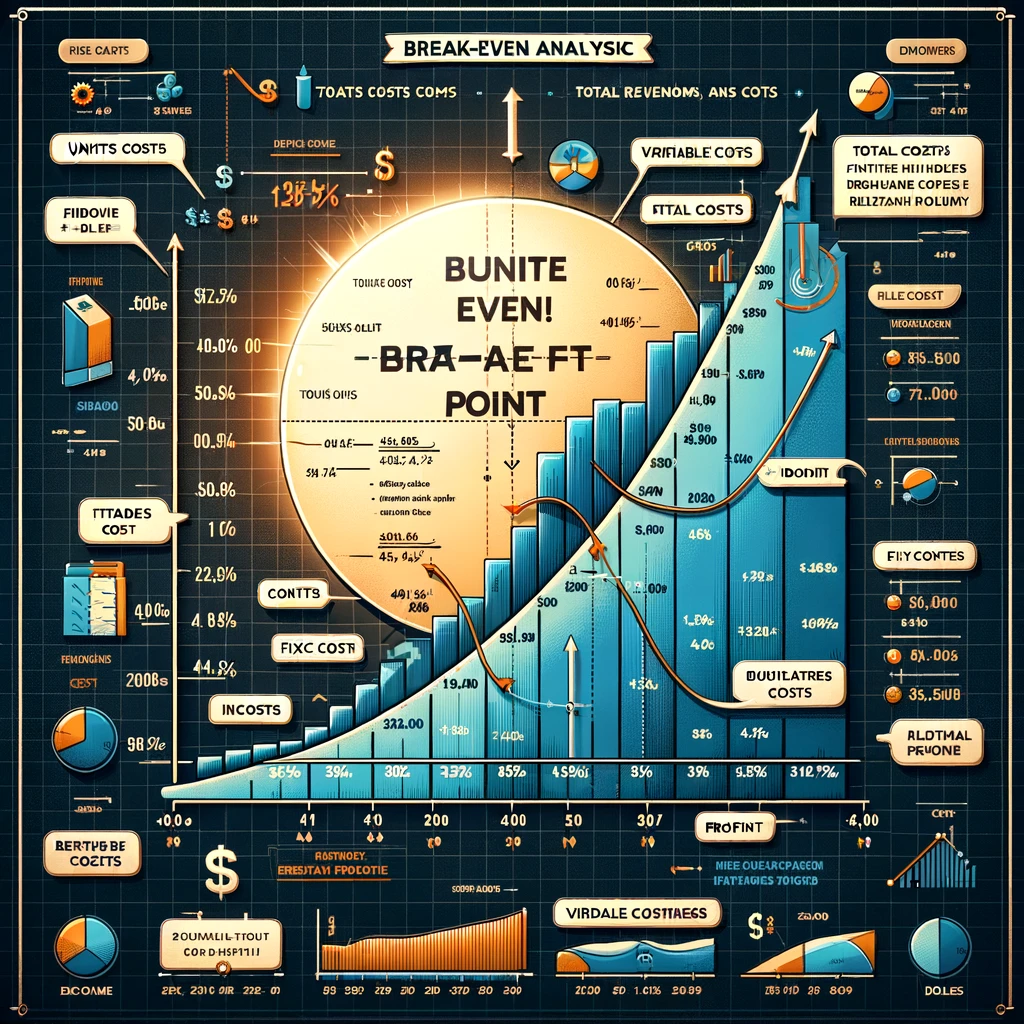Business can deal with voluntary or involuntary leave of employees in several ways:
Introduction
- Define the concepts of dismissal, termination, and redundancy, highlighting their importance in human resource management (HRM).
- Discuss the legal and ethical considerations surrounding the end of employment relationships.
Legal Framework and HRM Implications
- Overview of the legal frameworks governing dismissal, termination, and redundancy, including key legislation and rights.
- Ethical considerations in ensuring fair treatment of employees during the end of employment.
Dismissal
Definition and Grounds
- Detailed exploration of dismissal, including misconduct, poor performance, and breach of contract.
- Discuss the procedural fairness in the dismissal process, including the right to a hearing and the opportunity to improve.
Management Practices
- Best practices for managing dismissal, including clear communication, documentation, and adherence to legal requirements.
Industry Example: Financial Sector
- Examine a case study of a bank dismissing an employee for breach of confidentiality.
- Analyze the bank’s dismissal process, from investigation to communication, emphasizing the role of HR in ensuring procedural fairness.
Termination
Definition and Reasons
- Discuss termination as a mutual or employee-initiated end of employment, covering retirement, career change, and contract completion.
- Importance of exit interviews and the role of HR in facilitating smooth transitions.
Best Practices
- Recommendations for managing termination, including providing support for professional development and career transition services.
Industry Example: Technology Sector
- Explore a technology company where an employee terminates their contract to pursue further education.
- Highlight the company’s supportive approach, including offering references and alumni networks.
Redundancy
Definition and Causes
- Detailed exploration of redundancy, including economic downturns, organizational restructuring, and technological changes.
- Legal requirements for redundancy processes, including consultation, selection criteria, and severance packages.
Managing Redundancy Fairly
- Best practices for managing redundancy, emphasizing transparent communication, fairness in selection, and support for affected employees.
Industry Example: Manufacturing Sector
- Case study of a manufacturing company undergoing automation, leading to workforce reduction.
- Analyze the redundancy process, from announcement to retraining and outplacement services, highlighting the HR department’s role in minimizing negative impacts.
Ethical and Strategic Implications
- Reflect on the ethical considerations in managing the end of employment relationships, including dignity, respect, and support.
- Discuss the strategic importance of handling dismissal, termination, and redundancy well, considering employer branding and employee morale.
Conclusion
- Summarize the key aspects of dismissal, termination, and redundancy, underlining the critical role of HR in managing these processes ethically and legally.
- Offer insights into future trends in employment practices, considering technological advancements and changing workforce dynamics.






